December 31-January 1: Getting There
Steven Dutch, Professor Emeritus, Natural and Applied Sciences, University of Wisconsin - Green Bay
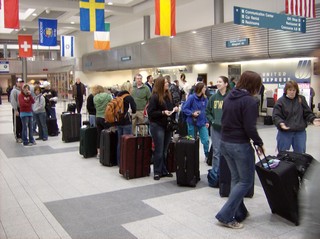 |
Weather in Green Bay and Chicago delayed our departure, but since a lot of people going through Chicago were going to San Jose, the connecting flights were held. But it made for a long day. |
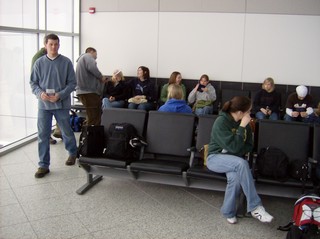 |
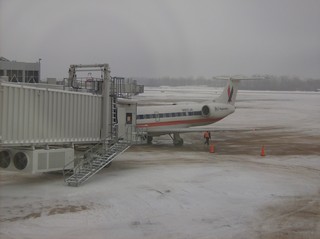 |
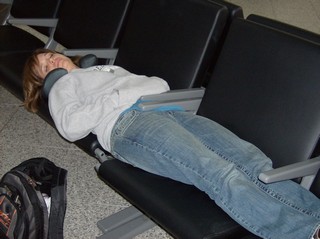 |
Kelly Hirsch told us her favorite place to live was one where there was no conception of time. Like an airport terminal? |
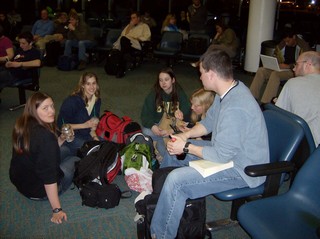 |
Most people in Miami took the wait in stride but one nitwit, the kind who inspires flag-burning around the world, berated the counter personnel. She also made a scene in San Jose, insisting that her baggage was not coming out (it eventually did). See, the flight crew was late in Miami because they were sent to the wrong gate, so she thought they probably picked up her bags and took them to the wrong gate, too. Flight crews do that because they don't have enough work to do already (sarcasm). Her poor husband had the deja vu look of someone all too used to her whining. Why can't we keep decent illegal immigrants and deport morons like that one instead? |
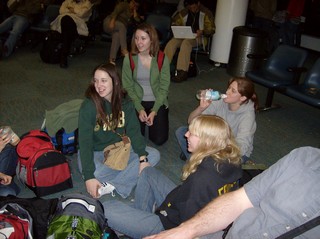 |
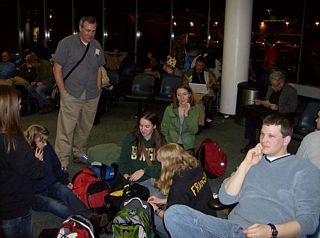 |
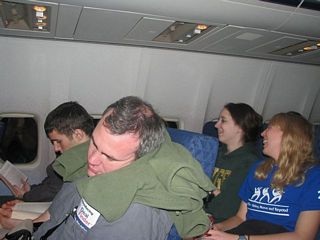 |
Professor Dan Meinhardt catching a few Z's. |
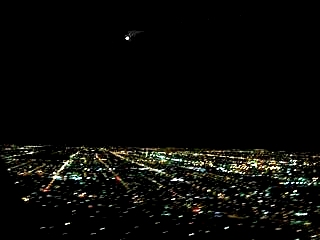 |
Views of Miami at night. |
 |
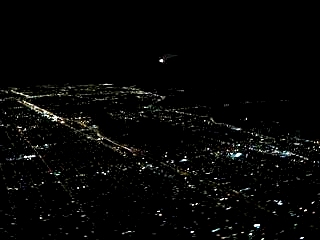 |
 |
Lights of bridges over Biscayne Bay. |
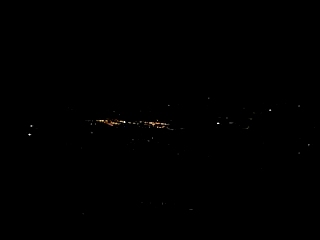 |
The lights of Cuba. |
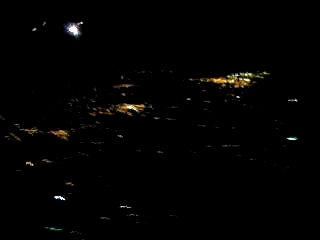 |
The lights of San Jose. |
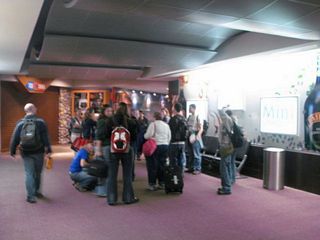 |
We got in a few minutes before midnight and celebrated New Year's clearing customs. |
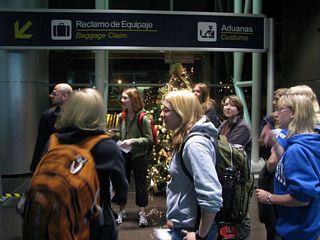 |
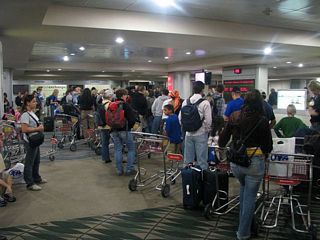 |
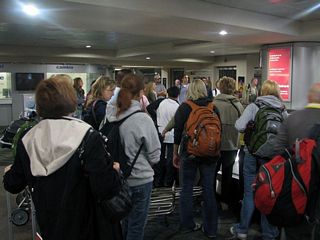 |
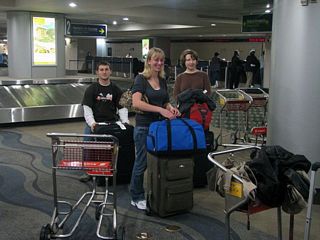 |
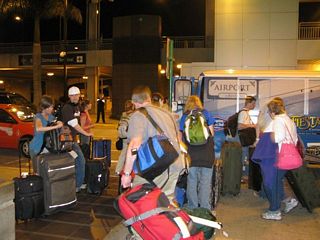 |
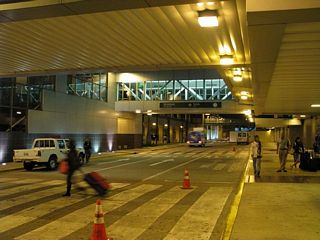 |
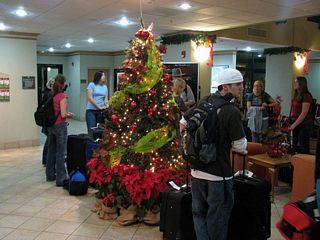 |
Our first night was spent at the Hampton Inn. The Hampton was nice, the ideal place for people who want to travel without ever leaving home. |
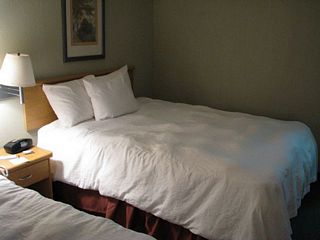 |
A real bed. It will be a while before we sleep in one again. Below: first views of San Jose. |
 |
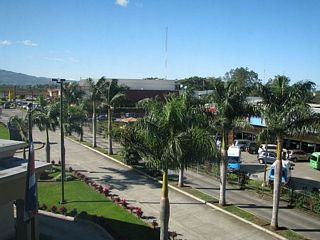 |
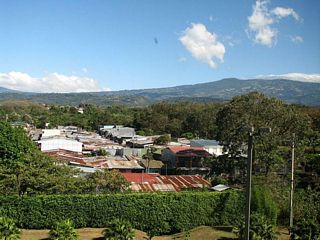 |
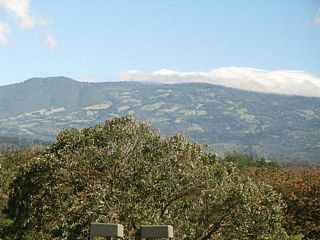 |
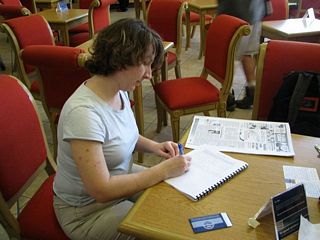 |
Alice Billing keeping up with her journal. |
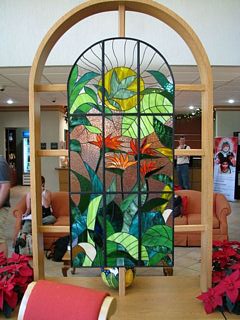 |
Views of the hotel. There's a casino and disco nearby, and it was New Year's, so most students had a short night's sleep. |
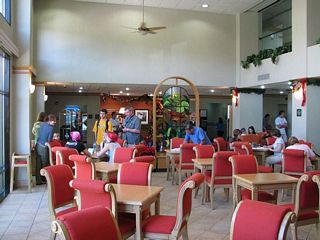 |
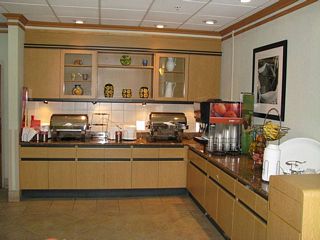 |
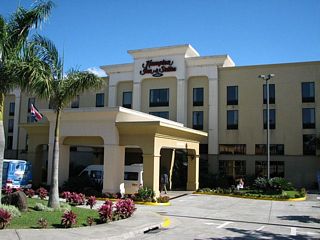 |
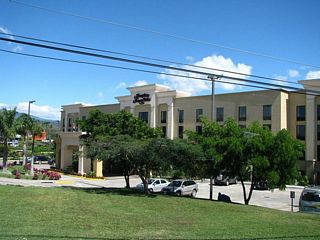 |
 |
Loading up for the trip to Carara. |
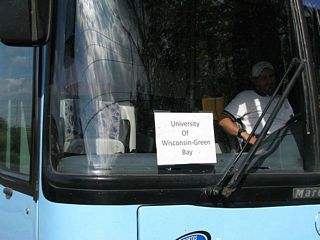 |
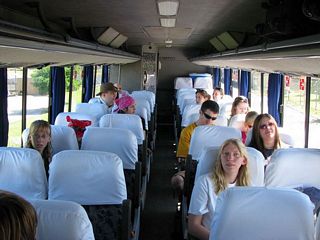 |
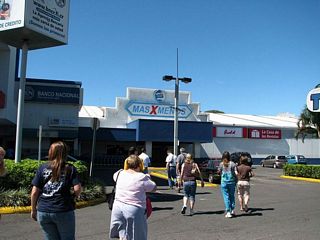 |
We needed to make a grocery stop. If the interior color scheme looks familiar, it's because this chain is a subsidiary of Wal-Mart. |
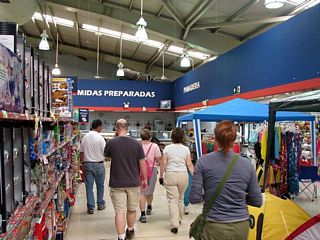 |
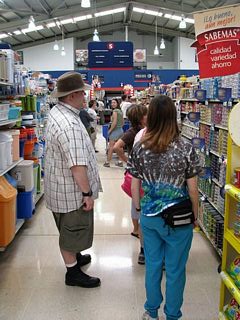 |
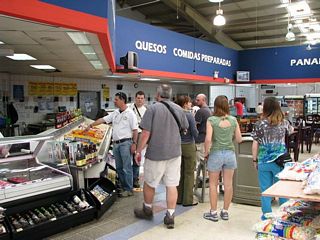 |
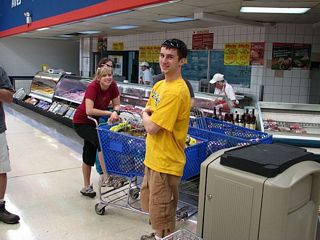 |
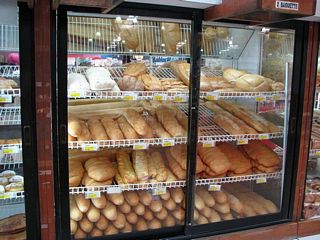 |
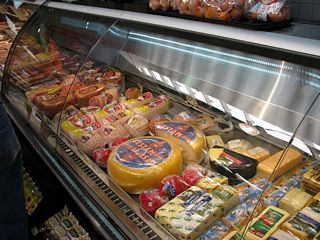 |
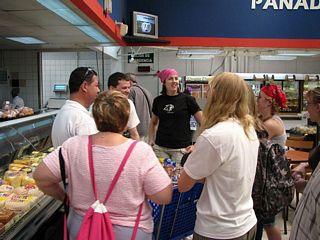 |
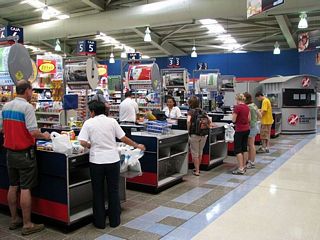 |
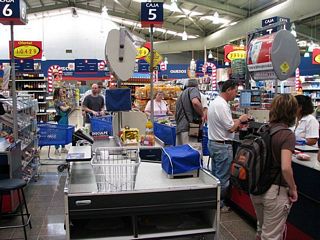 |
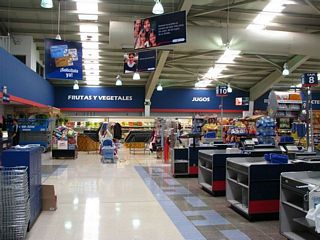 |
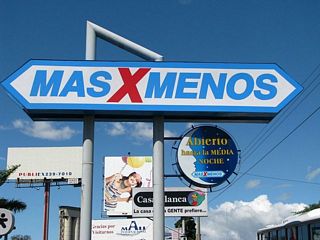 |
|
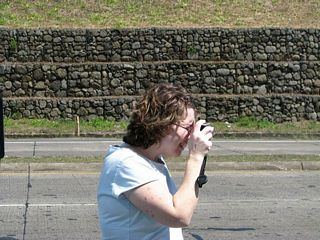 |
Let the pitcher-takin' begin! |
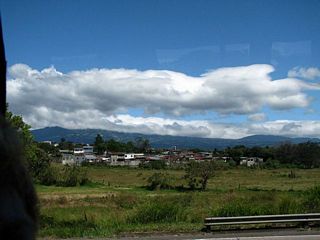 |
Views on the way from San Jose to Carara. Loose boulders are everywhere, and since we can rule out glaciers, they are probably residuals from volcanic mudflows where the fine material has eroded away. |
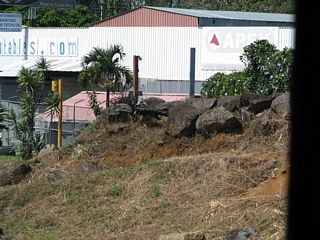 |
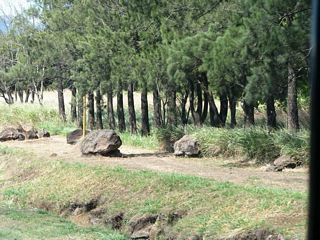 |
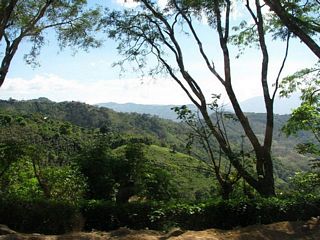 |
 |
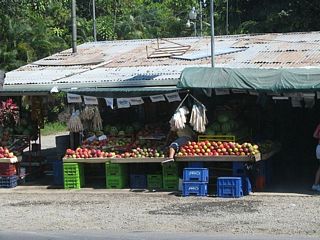 |
Fruit stand in Orotina |
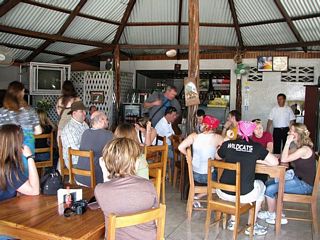 |
Lunch stop. |
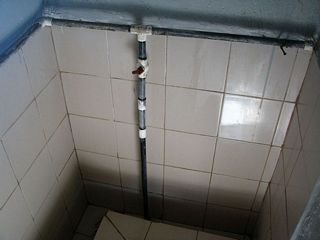 |
The men's room is a bit different from U.S. standards. |
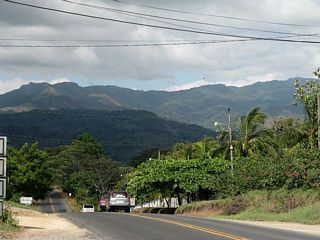 |
Looking northeast from Orotina. The ridge separates the coastal lowland from the central valley where San Jose is located. |
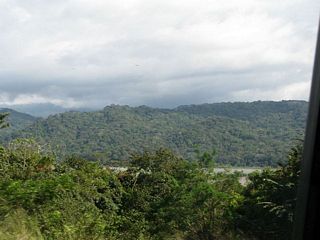 |
Looking east toward the hinterlands of Carara National Park. The Tarcoles River runs down the valley and follows a fault. The hills are mostly uplifted ophiolite of the Herradura Block. |
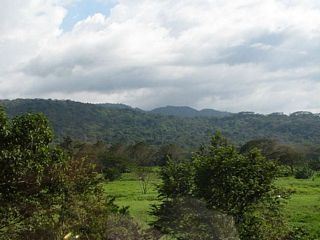 |
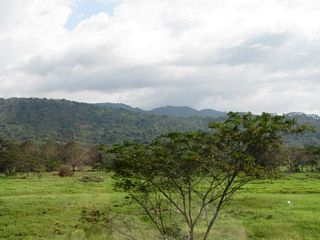 |
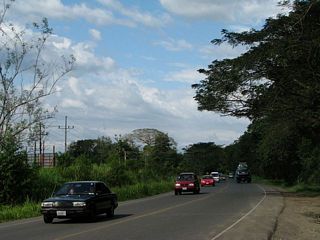 |
The main road past the Research Station. |
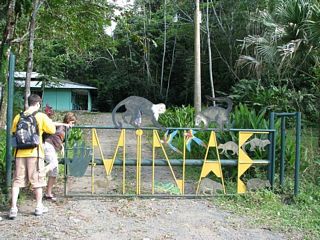 |
Unloading at the station. MINAE stands for Ministerio de Ambiente y Energia (Ministry of the Environment and Energy). |
 |
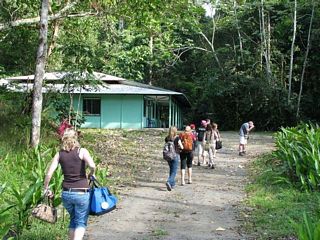 |
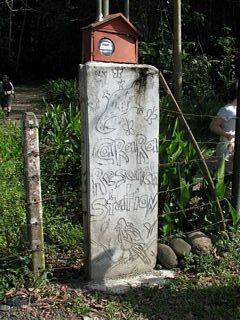 |
Views of the station. |
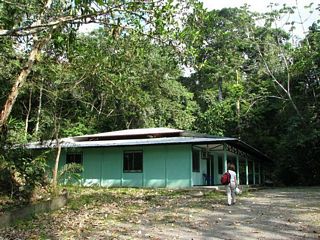 |
 |
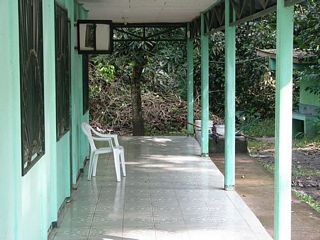 |
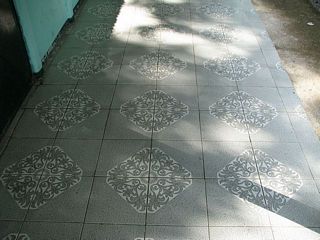 |
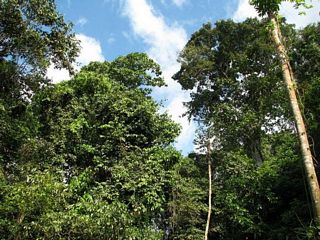 |
The rain forest (or as I called it, lithosphere concealment system) around us. |
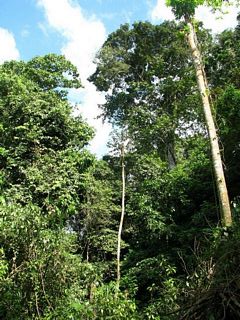 |
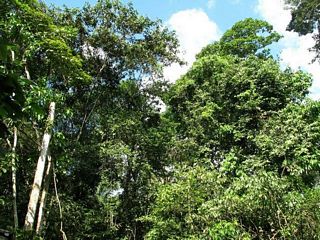 |
 |
What do we do now? |
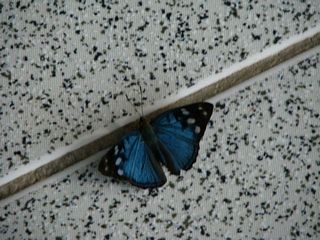 |
One of the welcoming committee. |
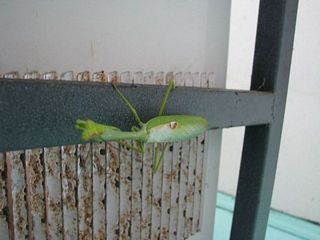 |
Another member of the welcoming committee. The Far Side makes praying mantises look ugly and ungainly, but they are incredibly beautiful and delicate insects. But not to flies. |
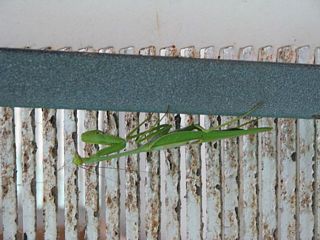 |
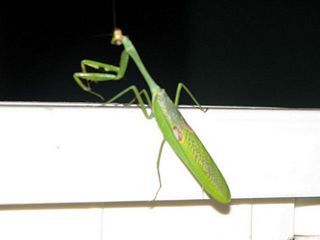 |
 |
Somehow these pictures don't convey the chaos we found on moving in. |
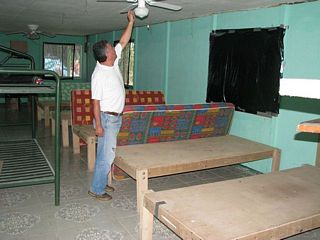 |
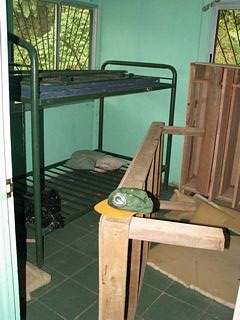 |
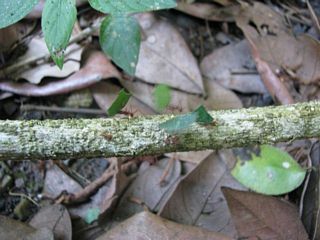 |
It's hard not to like leaf-cutter ants. They're harmless, industrious, and downright cute. |
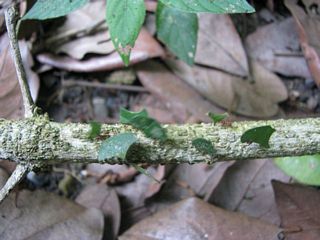 |
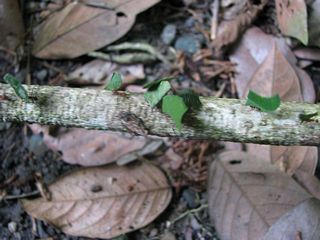 |
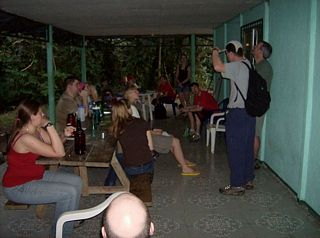 |
Briefing on planned activities. |
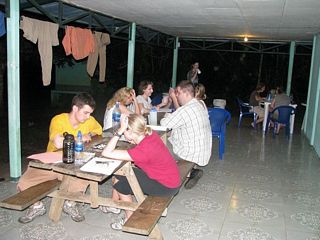 |
Evening activities. |
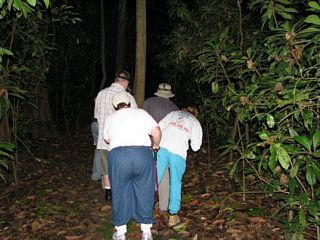 |
Our first night hike. The highlight was spotting the fer-de-lance
below, a close relative of rattlesnakes but nastier. This one was about
four feet long. My wife was the one who spotted him. She was tremendously
excited. Okay, maybe not the right word. |
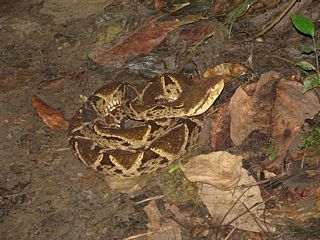 |
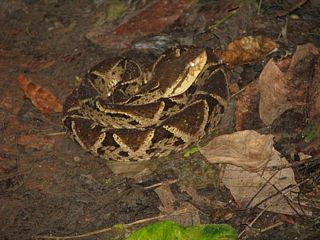 |
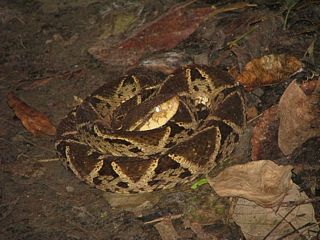 |
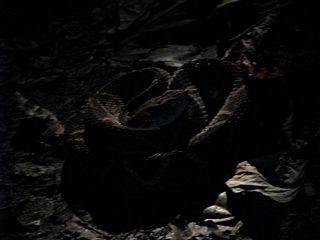 |
Return to Professor Dutch's Home Page
Return to Costa Rica 2008 Index
Created 18 January 2008, Last Update 11 June 2020